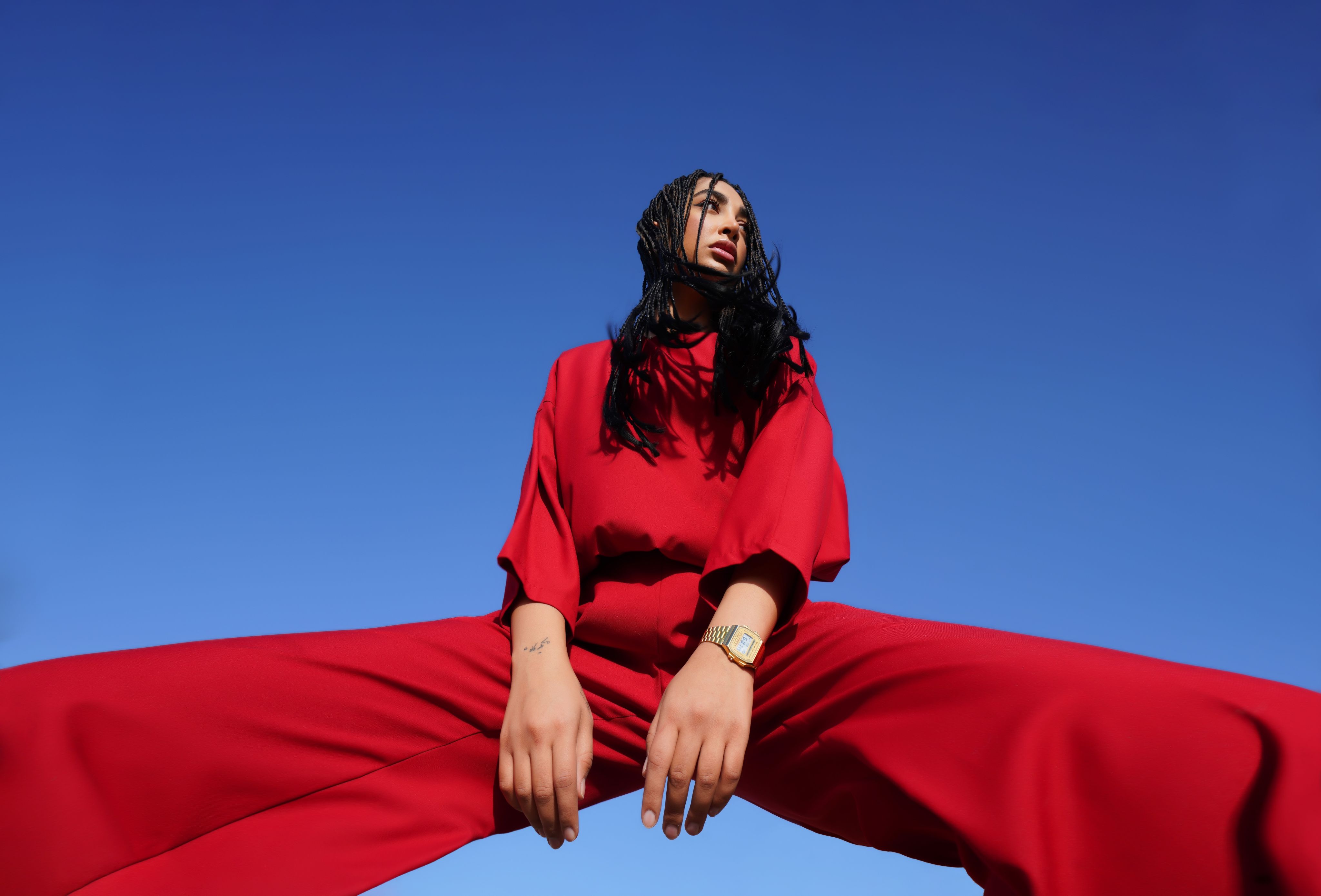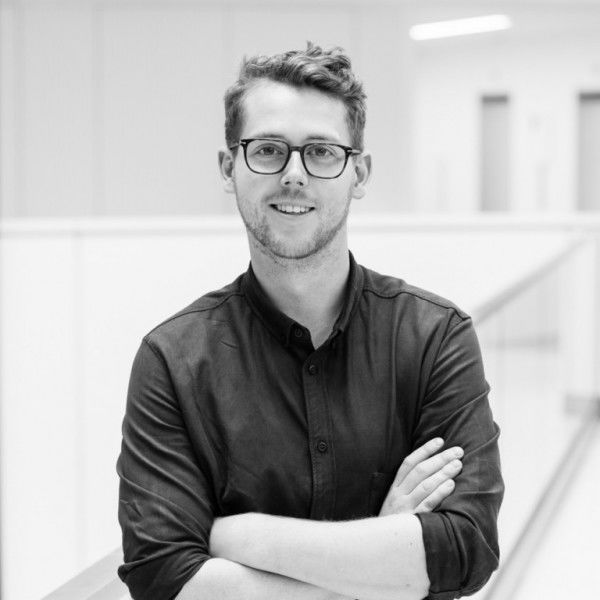Trend Forecasting


Joe McDonnell (2021) is Director of Insight at trend forecasting agency WGSN. Joe leads an international team of strategists advising companies on what the future looks like. Recently Joe has been a keynote speaker at SXSW, Cannes Lions, and Brand Festival. Joe is in the process of completing an Executive MBA at the Judge Business School and Clare College. Here, he talks about how he spots trends, and gives his predictions for the future.
Can you tell us a little more about what trend forecasting involves?
Trend Forecasting is all about trying to predict the future. It’s really a blend of maths and magic; it fuses disciplines like cultural anthropology, data science and creativity to try and work out what the big changes are going to be, and how brands can leverage them to stay ahead.
WGSN has offices all over the world researching everything from sustainability and streetwear to ingredients and music festivals. We’ve got an entire department exploring colour and predicting which colours are going to be popular for 2026.
But really it’s about trying to spot consumer shifts and extrapolating from this. For example, in the UK it’s not going to be possible to buy a petrol car after 2030; this means we’re going to need more motorway charging hubs, and charging can take up to an hour, so quite quickly service stations are going to have to change. Knowing this you can then begin to explore what the future of the service station should be: more upmarket restaurants, activities for children, more green space, even things like bowling alleys to help people pass the time. If you’re a lifestyle brand you can quite quickly use this to build a robust, experience-based strategy.
What factors are the key influences for new trends?
Everything! Macro shifts, geopolitics, influencers, cultural changes and scientific discovery. If you think back to a few years ago when the Planet Earth series came out, culture shifted overnight after seeing a turtle struggling with a straw in its nose. By 10pm that evening, using a plastic straw became seen as an act of environmental terrorism, and businesses had to adapt really quickly to not be called out by angry consumers. That's obviously an extreme example, but they can be bubbling under the surface within different demographics. We produce a lot of work on how language on the internet changes, for instance (sorry fellow millennials) but no member of Gen Z would be seen using the 😂 if something was funny. The emoji of choice for young people is 💀. It sounds wacky but for brands that’s really important to know.
Are the trends you analyze industry-specific, or do some themes resonate across different industries?
We’re seeing a lot more cross pollination between industries than we have previously. Trends are moving faster than before and jumping between industries. Consumers also latch onto buzzwords largely because of social media. Mood retail is exploding at the moment due to increasing levels of anxiety globally. Consumers are gravitating towards products which promote calm, with brands doubling down on this ‘mood sector’ looking for other formulations and products to fit.
How quickly can you spot a new trend emerging? Are some predictable, for example, with the seasons?
In the fashion space, trends have historically been driven by the seasons, but because of the internet we’re seeing more micro trends emerging out of season. They are often less long lasting, and can catch brands off guard. There’s also a risk that if a trend pops up quickly it can be less sustainable because consumers aren't investing in an item for longevity.
Trend Forecasting is all about trying to predict the future. It’s really a blend of maths and magic...
Which industry moves the quickest? And do some adapt quicker than others?
The fashion industry has really sped up. Most of the big high street fashion companies can go from a garment idea through to hitting the shop floor in about 7 days..
Interestingly something like beauty takes a lot longer, because formulation and new colours of lipsticks require multiple levels of approval from regulators, so naturally they’re a bit slower.
We’re also seeing brands across every sector focus more on sustainability, and brands offering repair options, resale sections or even rental models for items. All of these are going to be a huge space to win.
So what is ‘cool’ now? And will it still be cool when this goes to print…
Ha! Great question. Well, from a cultural perspective, we’re seeing a lot emerge around ‘quiet quitting,’ which is where Gen Z in particular are doing the bare minimum at work and coasting through their jobs. Obviously this isn’t new behaviour for older generations, but actually it is a reaction to the ‘hustle culture’ which has permeated society the last few years, and the anxiety which young people feel around always being productive. In China this is called ‘lying flat’, but it is emerging globally, along with a reprioritization of rest and relaxation.
Something I’m most excited about is the rise of virtual influencers. These are CGI characters who have these incredibly captivating online presences. The biggest virtual influencers have millions of followers, and appear ‘walking’ catwalk shows for fashion brands, or even headlining concerts.
From a fashion perspective, for autumn/winter 2022/23 expect lots of cosy garments for winter; particularly as the cost of living crisis hits, we’re going to be spending more time inside and creating a sanctuary is going to be important. Also in the streetwear space is the rise of Avant-apocalypse, which highlights interesting washed-out colour palettes, bold utilitarian details and unexpected proportion-play. At the light end this is cargo pants, and at the extreme end this is tactical wear (expect lots of gortex).
What are you working on within the EMBA course, and how does it help with the day-to-day of your career?
The EMBA course allows you to work with people from around the world, all of whom have very different experiences, work in different industries, and approach problems in completely different ways. Just looking towards the class for advice is incredibly useful as everyone has a completely different perspective on the issues facing the world. I've enjoyed the modules on statistics to help round out my ability to handle large data sets and look for variance, but equally focusing on how companies can create inclusive cultures which foster innovation has been directly applicable in my day-to-day at WGSN.
